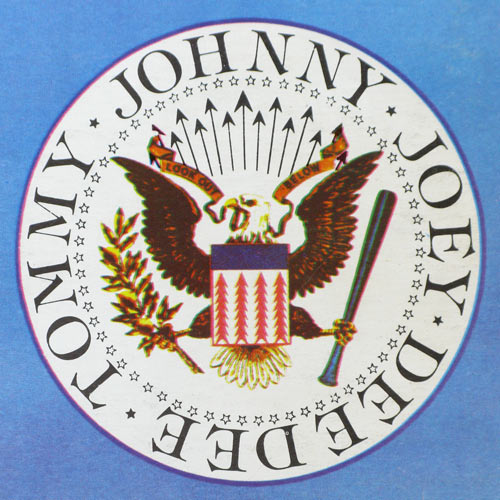

There is less of a sense of abandon and scrappiness here, with Johnny’s guitars more clipped and focused, more locked in with Dee Dee’s heavy, plucked bass notes. Alongside that we are in the company of a tighter, more focused band. There’s the go-go-go-go of opener Glad To See You Go, the ooh-wee-oohs and oh-ohs of Oh Oh I Love Her So… you get the idea. The most notable shift comes with their prioritising of refrains that could easily be caught and repeated if, say, they were heard blasting from the radio through car speakers. The band – Joey, guitarist Johnny, bassist Dee Dee and drummer Tommy, who co-produced with Tony Bongiovi – were keen to show that their songwriting chops had progressed, even in such a short space of time. “It was an album that really changed the world,” was Joey Ramone’s hyperbole-free take in Please Kill Me.įor Leave Home the idea was simple: tidy up a few rough edges and let the hooks do the talking.

Tracked in a matter of days at Radio City Music Hall in New York for the princely sum of $6,400 – absolutely nothing next to the cash being wheeled out for the rock giants of the day – it broke punk open. Their first album had been made in a short, sharp burst that translated into the buzzsaw energy of its short, sharp songs.

Next to that record Leave Home is a far more authentic reach for mainstream acceptance built on the belief that, on their own scuzzy merits, Ramones songs were as melodically potent as anything swimming around in the upper reaches of the charts. The band would infamously give themselves over to pop on 198o’s End of the Century, enlisting primo arsehole Phil Spector – still at that point just the Wall Of Sound pioneer and not yet a convicted murderer – to buff their music to a shine. But it doesn’t take into account the intent and execution. Of course, that’s true on the surface-Ramones songs are Ramones songs. 1 (LP) $11.Rolled out in January 1977, the LP was initially dismissed in some quarters as a good release that doubled down on a successful formula.


 0 kommentar(er)
0 kommentar(er)
